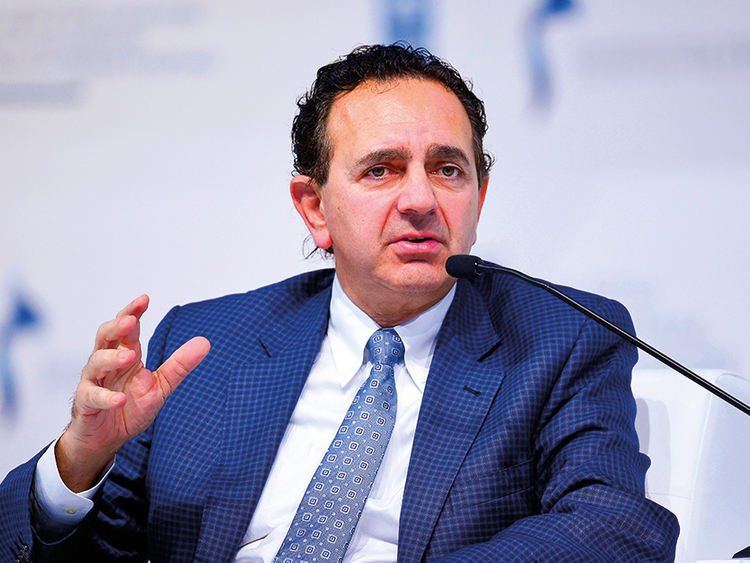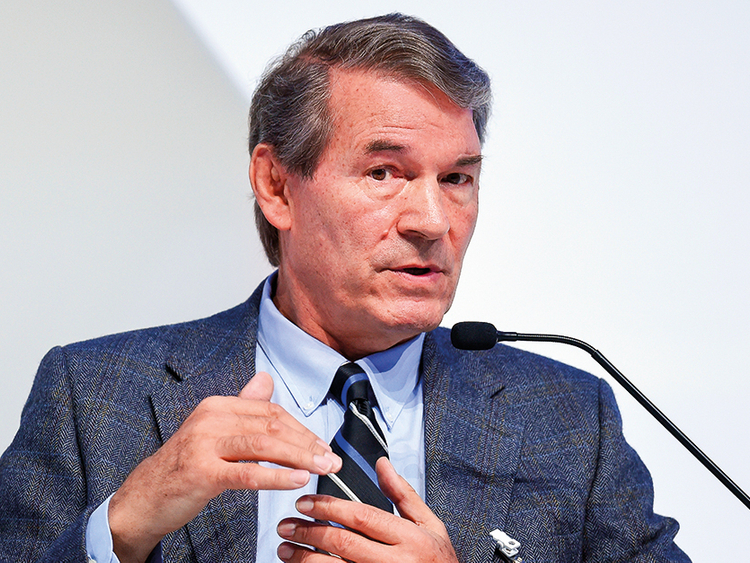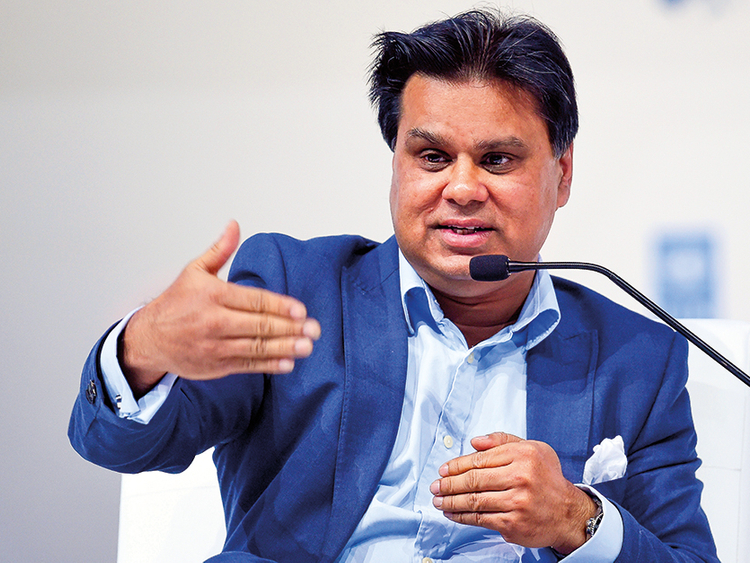
Dubai: Will human beings be able to use 3D printing to create an entire live human body? These and many other medical breakthroughs in gene editing, artificial intelligence and life enhancement were topics of discussion by some of the leading lights of medical and bio-engineering community on the concluding day of the Knowledge Summit on Wednesday.
While most of the topics of the panel discussions projected future possibilities in human health, the stimulating session pushed the boundaries of what seem sci FI topics now and are likely to move from the realm of fiction to fact in the next few decades.
Dr Ali Hilal Al Naqbi, director of the Abu Dhabi Polytechnic and associate professor of bio-engineering at the UAE University, moderated the 45-minute session, quizzing the panellists about various aspects of modern technology leveraging the quality of human life today.
The panellists included Dr Phillip Kennedy, founder of Neural Signals Inc, an institute which carried out transplant of electrodes in the brain that can decode signals of speech and help speech-challenged people; Dr Anthony Atalla, director of Wake Forest Institute for Regenerative Medicine; Dr John Nosta, digital health philosopher; Dr Shafi Ahmad, UK-based oncologist surgeon and associate dean of Bart’s School; and Ray MacCauley, biotechnologist and co-founder of Bio Curious.
The focus of the discussion was the use of 3D printing to not only bring this innovative technology to every home, but using it to enhance and augment human life. Dr Al Naqbi pointed out that sophisticated new technology was part of the fourth Industrial revolution which scientists think is already under way. Medical advances in regenerative medicine, bordering on providing revolutionary new solutions to health and life will soon be redefining the meaning of longevity and ageing, he said.
Atalla pointed out that 3D printing was at a stage where “critical advances in the field of bio-engineering that took years could now be created in a matter of minutes. It is possible to print cells, molecular proteins using additive printing and very soon we might be able to print implantable organs in 3D.”
Dr Kennedy quoted his own experience of implanting electrodes in his own brain and decoding the signal to understand how someone with speech impairment could be helped. “With brain computer interface, there are plenty of things that could be done such as helping some one with speech disability, control of paralysed limbs and control of robotic arms.”
The panellists highlighted the use of such techniques in deep brain stimulation that has vastly improved the lives of those affected by Parkinson’s disease and use of cochlear implants that has enabled the hearing-impaired to decode auditory signals and actually hear an auditory stimulus.
Dr Ahmad added: “These new technologies, especially 3D printing might make it possible for printing organs for transplantation very soon. In the US alone 110,000 people are waiting for transplant with one individual added to the list every 14 minutes. 3D printing might not only provide these organs for transplantation but with gene editing facilitate human enhancement and longevity.”
He however pointed out that longevity was not just extending human life but ensuring a good quality of life.
MacCauley seconded that saying the advancements in medical science had resulted in the addition of three months to average human life year. “It is for the first time in the world that there are more people over the age of 65 than under the age of 16 existing today and as a marketing segment that represents a section that is larger than China.”
Nosta said it was important in the wake of extended human life to consider second and third careers and a higher level of productivity from people. “A girl born in the UK today has a one in three chance to live until the age of 100.”
The panellists agreed on the premise that it was important for people to take charge of their health earlier in life and leverage technology to serve it.
Nosta added: “Today, one can think if going for stem cells, organ replacement etc to serve longevity. The issue of longevity ties squarely with technology and it shares a border with prevention. If you think of our body like a car, you might repair the tyres for some time, however, in the long term you will have to replace them.”
But the panellists agreed that despite the advance artificial intelligence and robotics, it was too early to predict when a single transplantable organ or an entire human body could be printed.
Nosta optimistically remarked: “We are able to print tissues and skeletal scaffolding. So the trajectory has been established. With the addition of robotics and artificial intelligence we could expect an exponential change in the next 15 years.
However, Dr Ahmad made a far reaching comment that touched upon the ethics of replicating human life: “While we are able to print tissues, what about consciousness and the soul? These cannot be built on a biological scaffold.”















